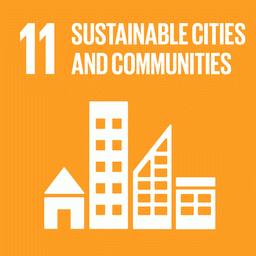By Bibiana Alcântara Garrido*
Irenilce Batista Souza is the cacica [female indigenous chief] of the village of Vista Alegre do Kapixauã, in the Kumaruara Indigenous Land, in the Lower Tapajós, and at 41 she tells us how she has spent the last seven years: working for the management of the territory. Chosen by the Kumaruara people to take up the post at the age of 34, the cacica today celebrates the improvements in favor of ecotourism, which is a source of income for everyone.
“We’ve been working with tourism here in the village for 25 years, but in our own way, welcoming customers under the trees, presenting the attractions. It’s only recently that we’ve been awarded a development that’s been bringing income to the families,” says the cacica.

The cacica Irenilce Batista Souza (Bibiana Garrido/IPAM)
Ecotourism in the village has gained more structure with the approval of a project to build a lodge in a part of the territory very close to the river banks. The enterprise, which will open in 2024, will have a kitchen, eating area, bathrooms, bedrooms and hammocks for lodging.
There are around 30 families living in Vista Alegre. The village also has a school for nursery and primary education. It also hosts events in conjunction with neighboring villages and partners from other locations.
“We work in rotation between the families and everyone gains from tourism. We’ve already taken part in cooking and food handling courses, because you have to be trained to work in the enterprise. Then we’re going to have a tour guide course, and we also want an English course,” he says.
The courses are supported by the Health and Happiness project, says cacica, which reinforces the professionalization of families who want to work in ecotourism. On the tours, tourists have the opportunity to get to know the village, walk through areas of native forest, sail and swim in streams.
At the time of this interview, the village was hosting training for indigenous leaders on REDD+, carbon and climate change in the Amazon. The date of the event had to be postponed due to the drought on the Tapajós River, which made it impossible for the participants to arrive, along with food and the necessary materials.
“Climate change is advancing more and more and this has only harmed us. It got very hot, a lot of plants died, including the ones we used to water and which bore fruit. Our fields dried up. Many family members ran out of manioc. The climate has changed a lot for us. It even made tourism worse: we spent half the summer having to pick up tourists at the tip, because we couldn’t get a boat,” she recalls.
With decisions taken collectively, with each strike of the bell – which calls the community to gather in the central maloca – new steps are taken towards prosperity and well-being in the village. Since the rescue of the indigenous identity of the Kumaruara people in 2011, according to the cacica, the installation of an indigenous school in the village, teaching the language to children, young people and adults, has given continuity to the living memory.
The plans for the future of the territory include, in addition to investing in ecotourism, articulating more and more actions in favor of the conservation of the region. For the cacica, fulfilling the wish she has had since she was a child: “to see my village grow”.
*IPAM communications specialist, bibiana.garrido@ipam.org.br
